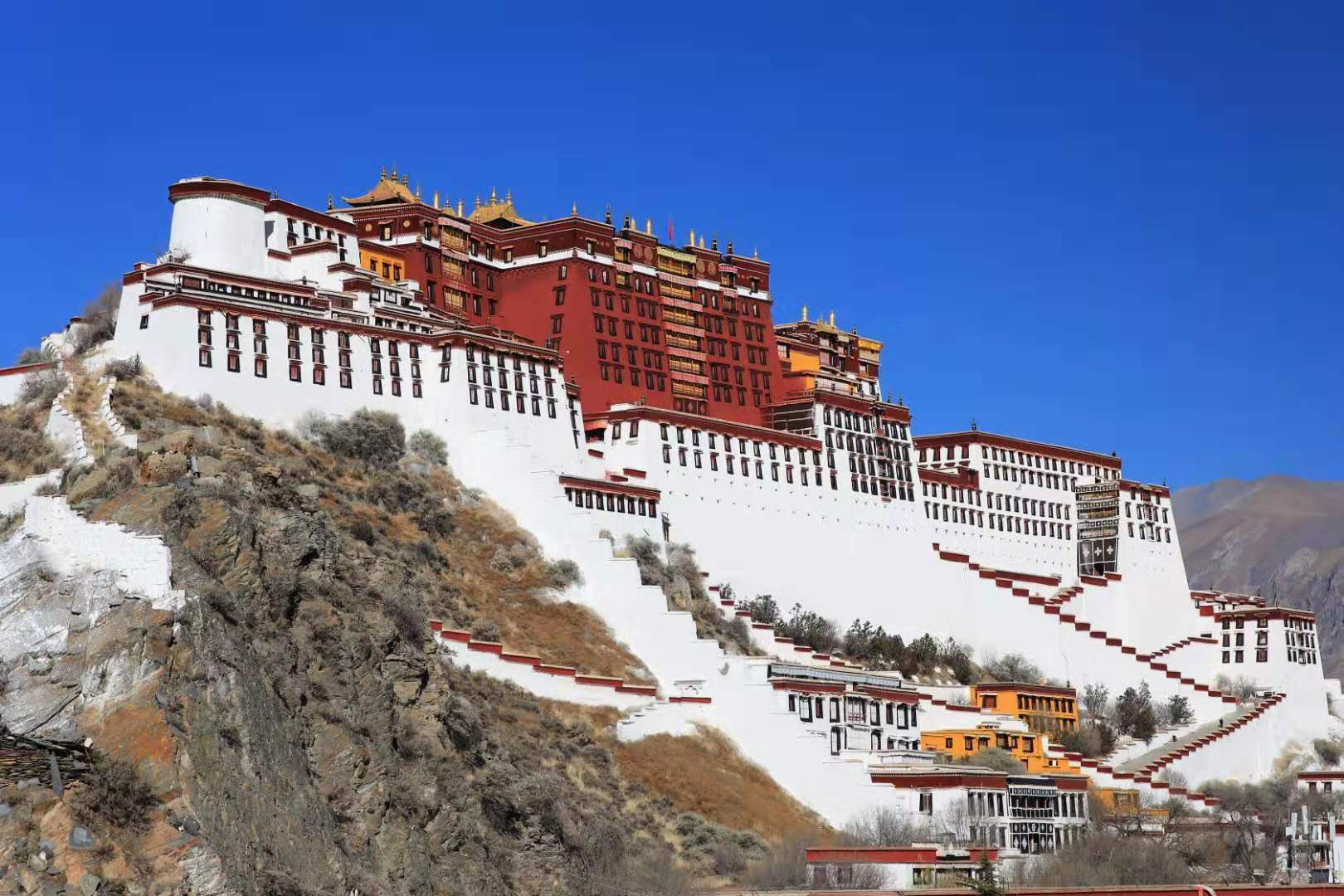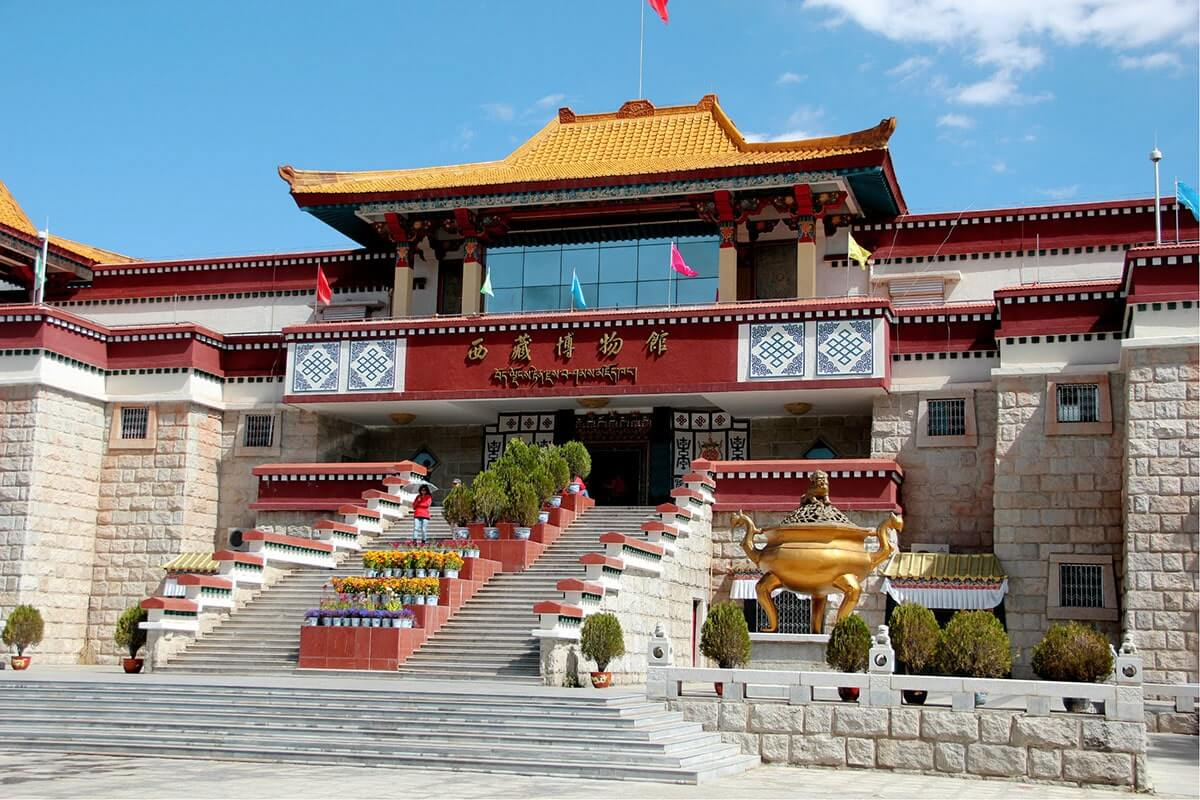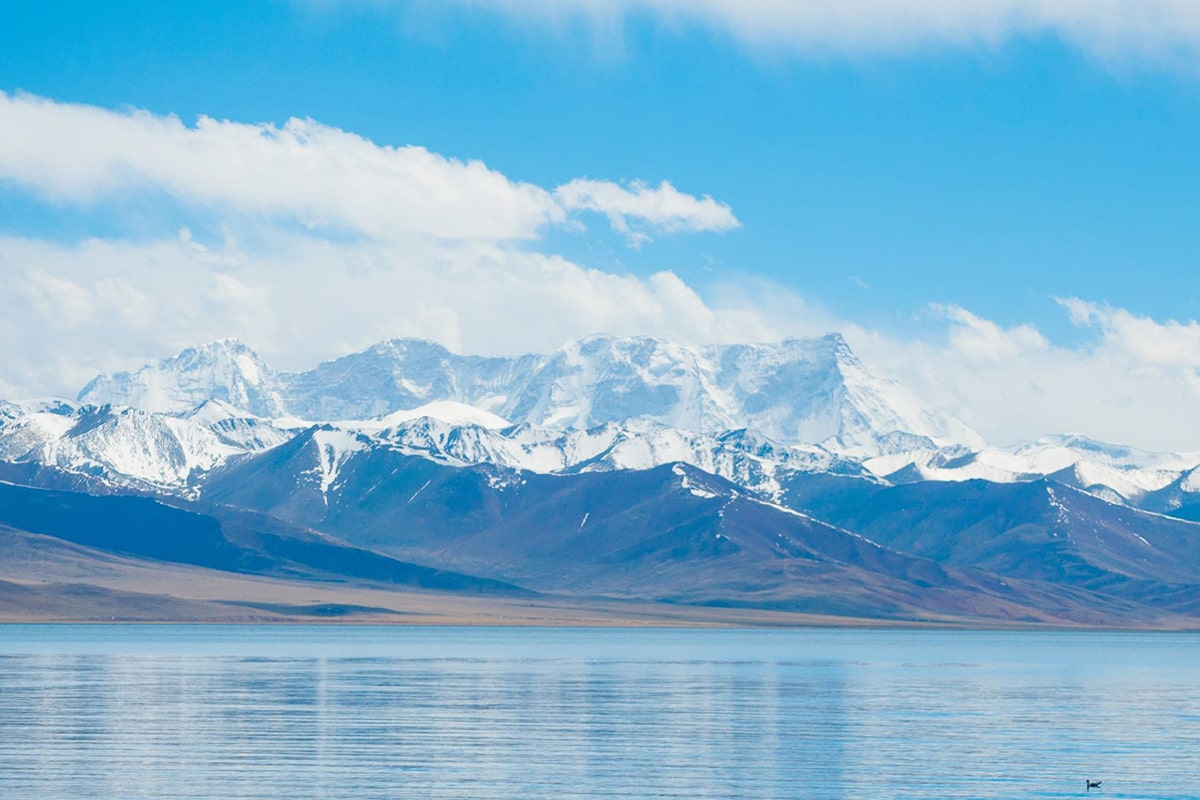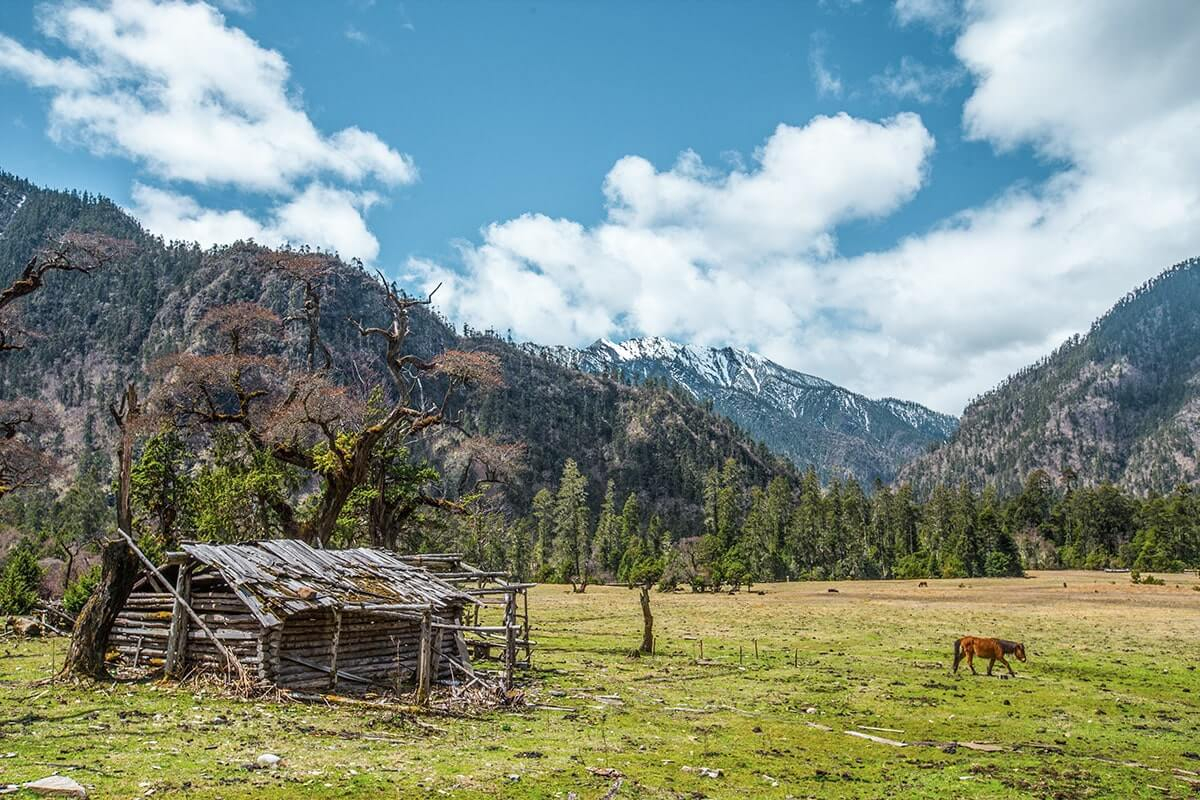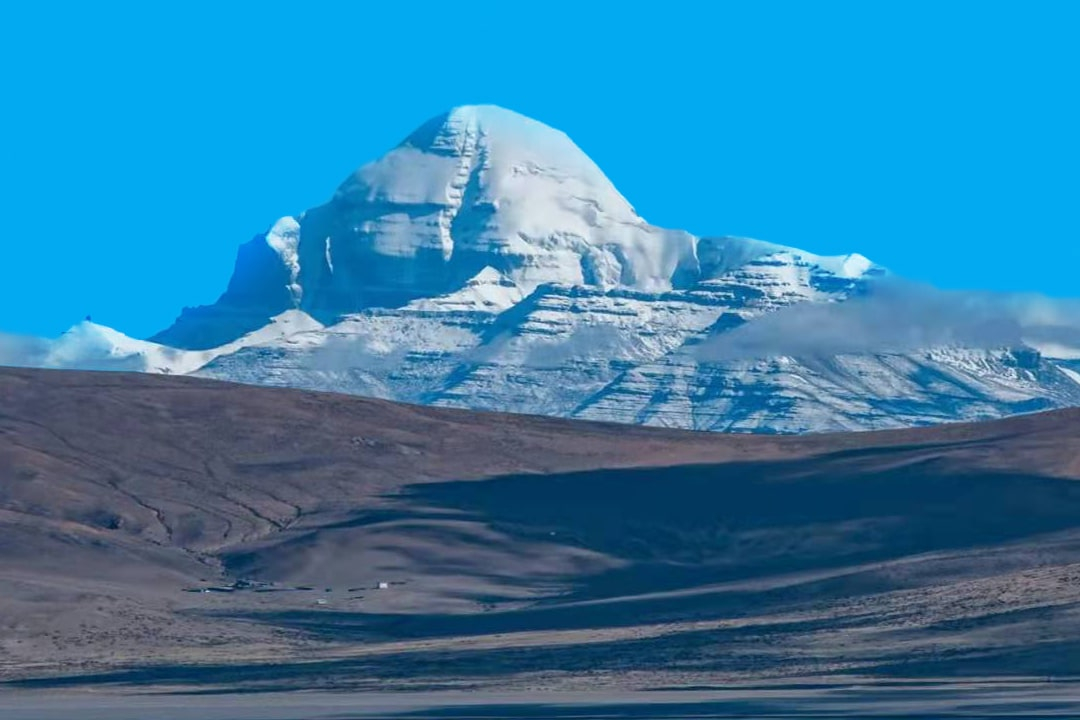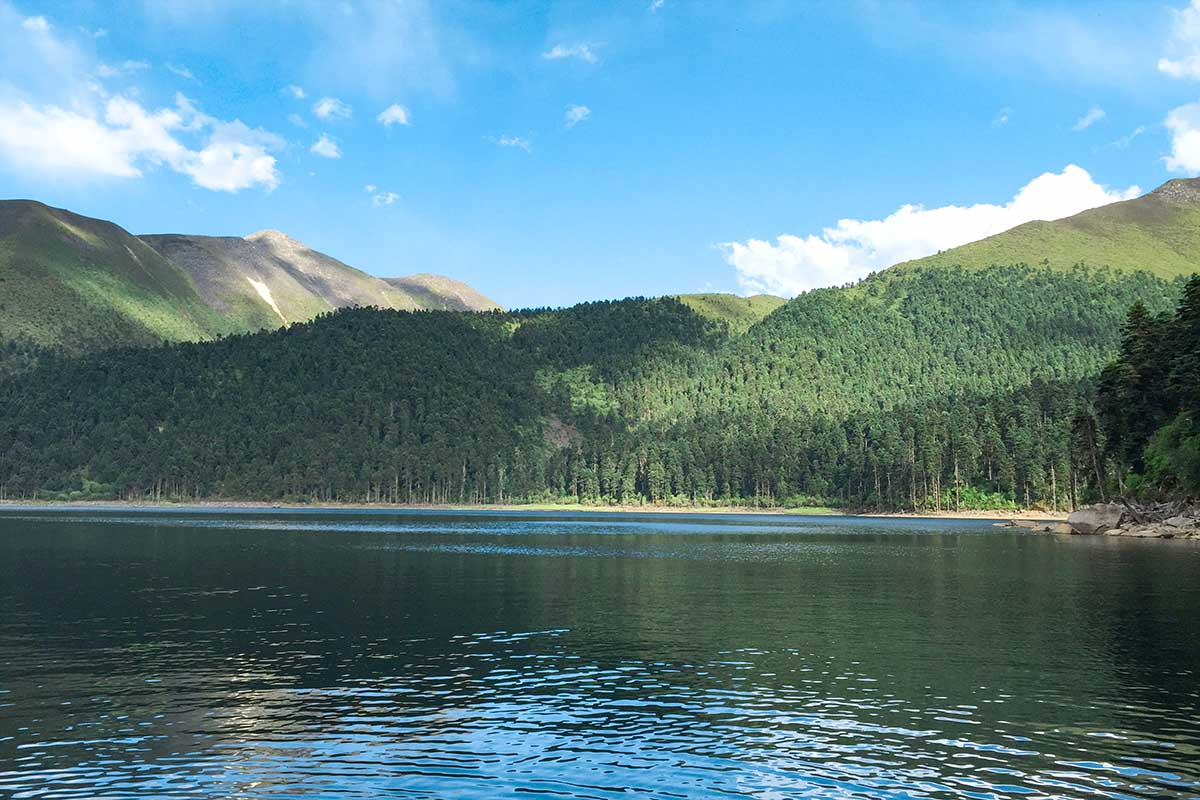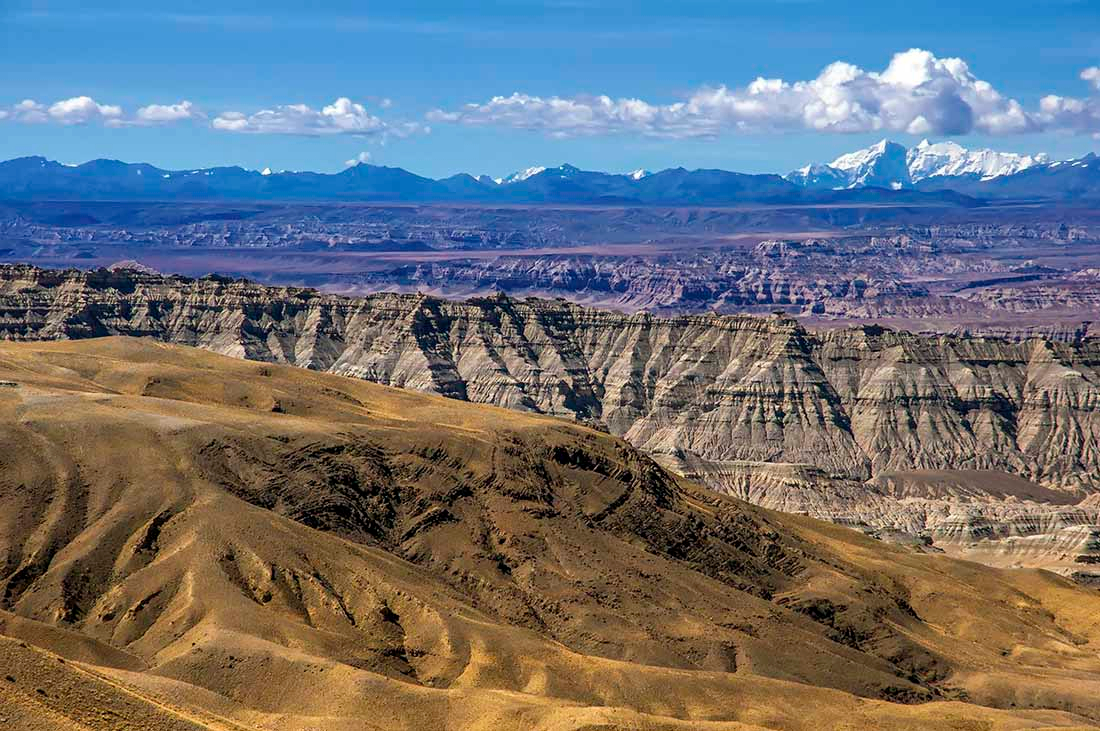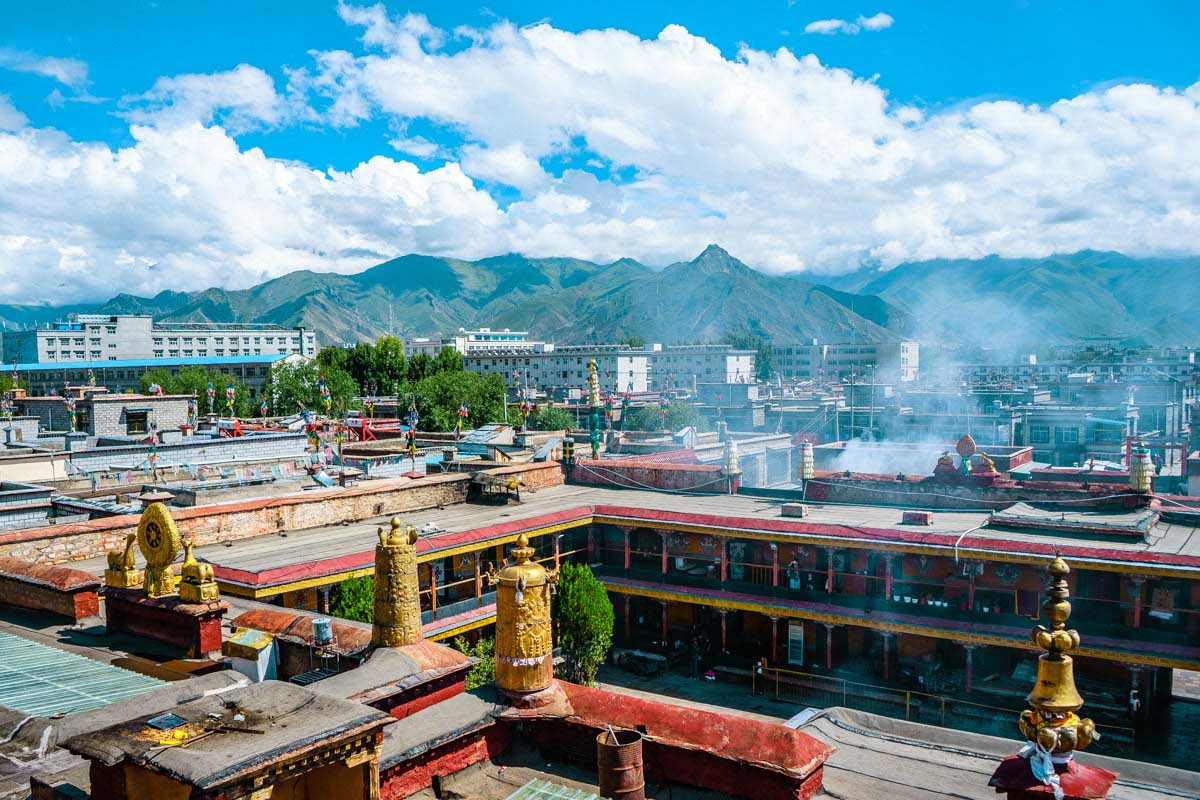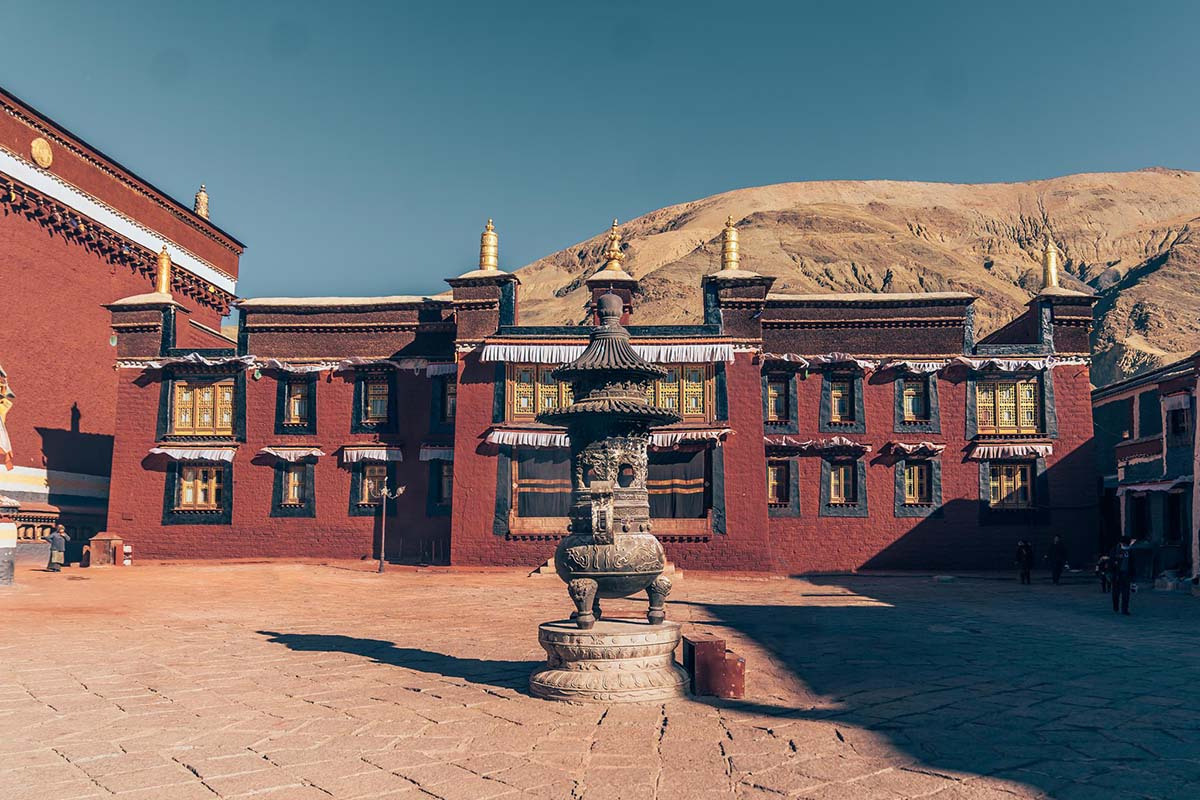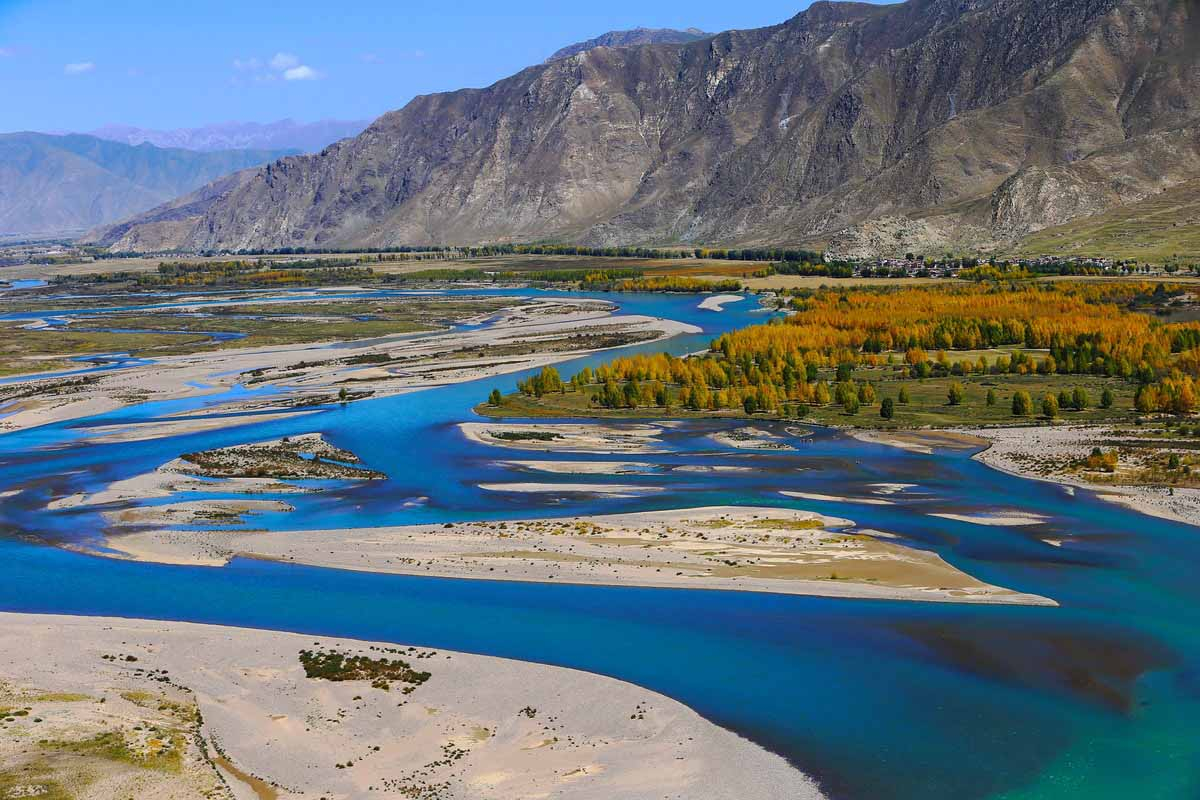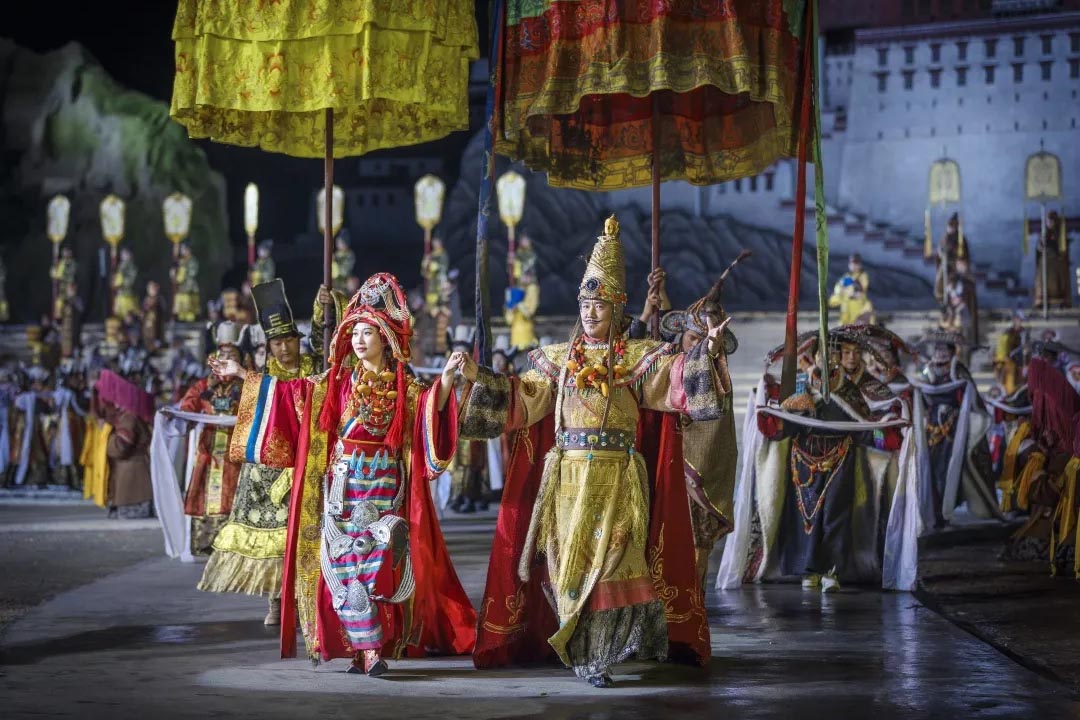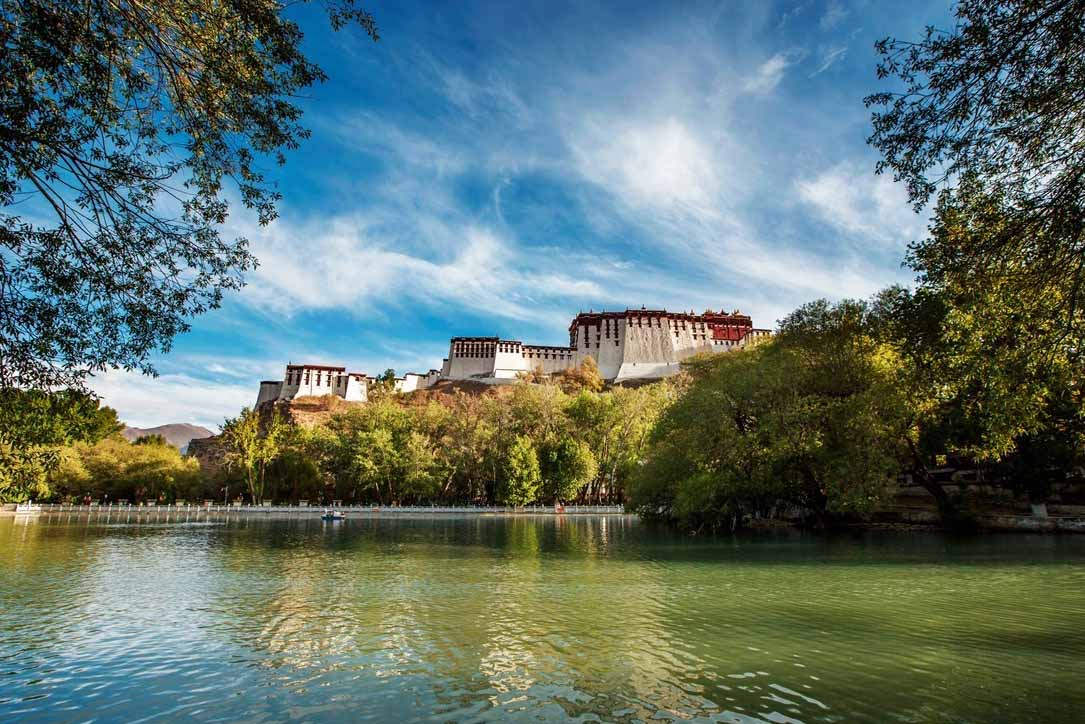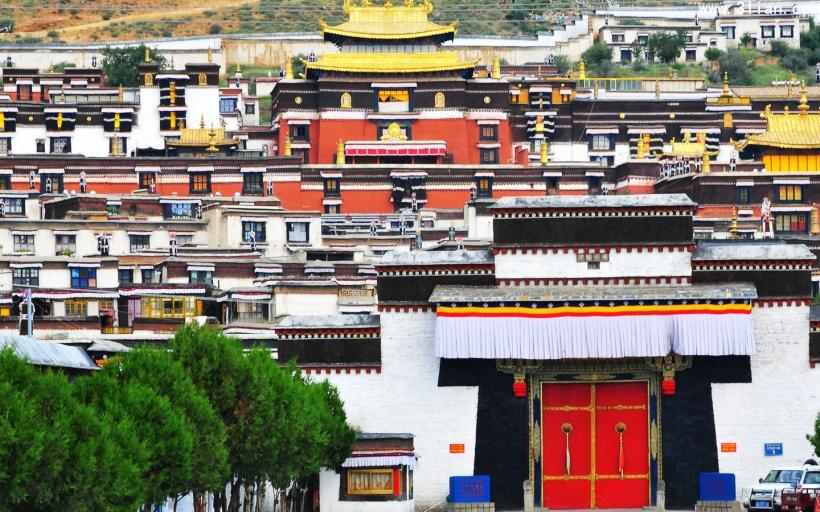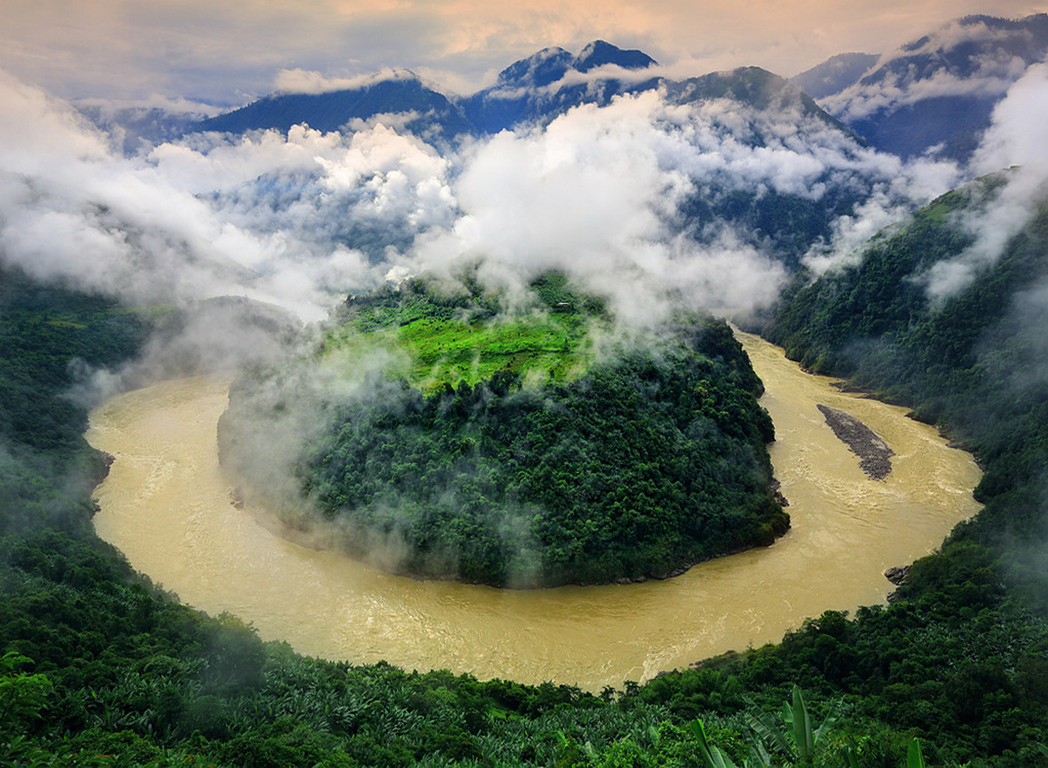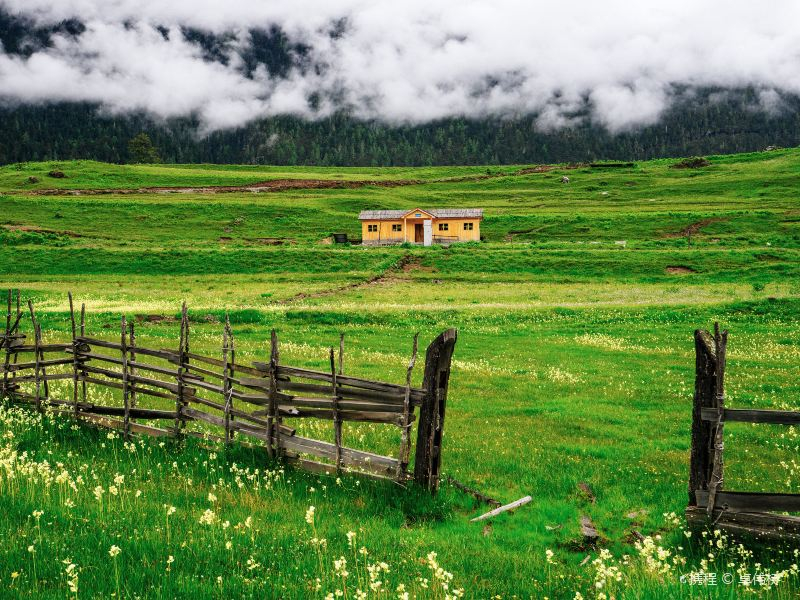Potala Palace
Chinese name: 布达拉宫 (Bu Da La Gong)
Location: Beijing Middle Road, Cheng Guan District, Lhasa, Tibet
Ticket: Entrance ticket CNY200.00 during May-Oct, CNY100.00 during Nov-Apr
Estimated tour time: 2-3 hours
Recommended time to visit: All year round
Nearby attractions: Sera Monastery, Barkhor Street, Jokhang Monastery, Norbulingka Palce, etc.
The Potala Palace has stood for centuries as a testament to the Tibetan people and their beliefs. Thousands of pilgrims from around the world come every year to pay homage to this grand estate and the symbol it stands for. Considered to be one of the wonders of the world for its physical structure and its importance in Tibetan history, the Potala Palace is admired by all who visit. The general structure of the Potala Palace is in two parts: the Red Palace and the White Palace. The beautiful murals inside the palace are not only attractive, but also tell the story of Tibet. The golden roof group on the top of the Red Palace is worth seeing.
Except the name Potala Palace, some Tibetans also call this mysterious architecture the 2nd Putuo Moutain, because they believe that this place is also for divinities who would always bless them. The reasons of why people built the Potala Palace vary. Some say the Songain Gambo built it to enhance his political power, by preventing enemies from outside. Others say Songzain Gambo, the King of Tubo, in order to marry the princess of Tang Dynasty, declared the start of this miracle. After the restoration 10 17th century, the Potala Palace became the White House in Tibet of every Dalai Lama and the the political center as well. It is of Tibetan characteristics, leaning against the huge mountain. The Potala Palace has earned the name “heaven of arts”, for numerous invaluable treasures are collected within. The State Council of the people's Republic of China announced that the Potala Palace had been chosen to be one of the national cultural relic protection units in 1961. In 1994, it was listed as one of the World’s Culture Heritages by UNESCO.
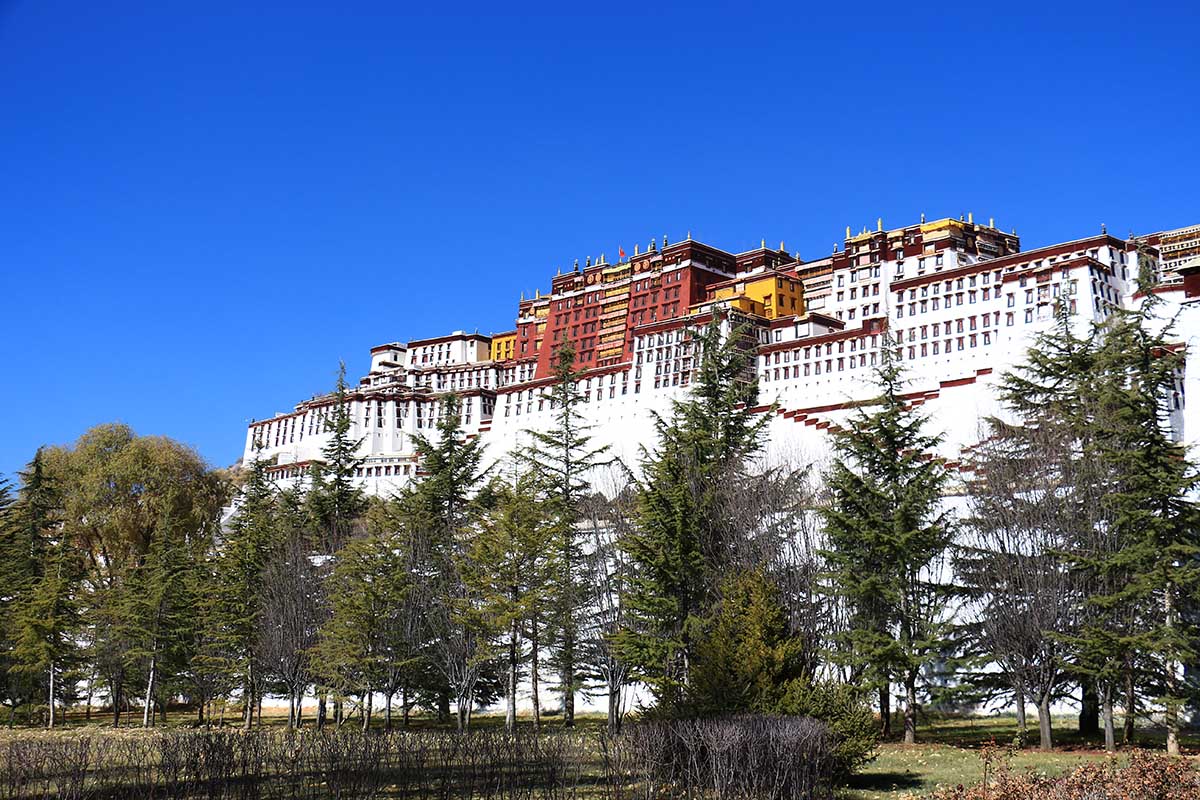
● Highlights of Potala Palace
The Red Palace
The Red Palace is the higher of the two palaces, and is made up of several chapels. Used as a house of prayer by the Dalai Lama, this part of the Potala Palace was dedicated to the study of Buddhism and the advancement of the religion.
Housed within the Red Palace are several mausoleums of previous Dalai Lamas. Each mausoleum is built with stateliness and honor in mind.
The mausoleum of the fifth Dalai Lama (the Potala’s patron), located in the west of the palace stands five stories high, is overlaid with gold, diamonds, pearls, and many other precious gems, and expresses the high honor the people had for this Buddhist saint.
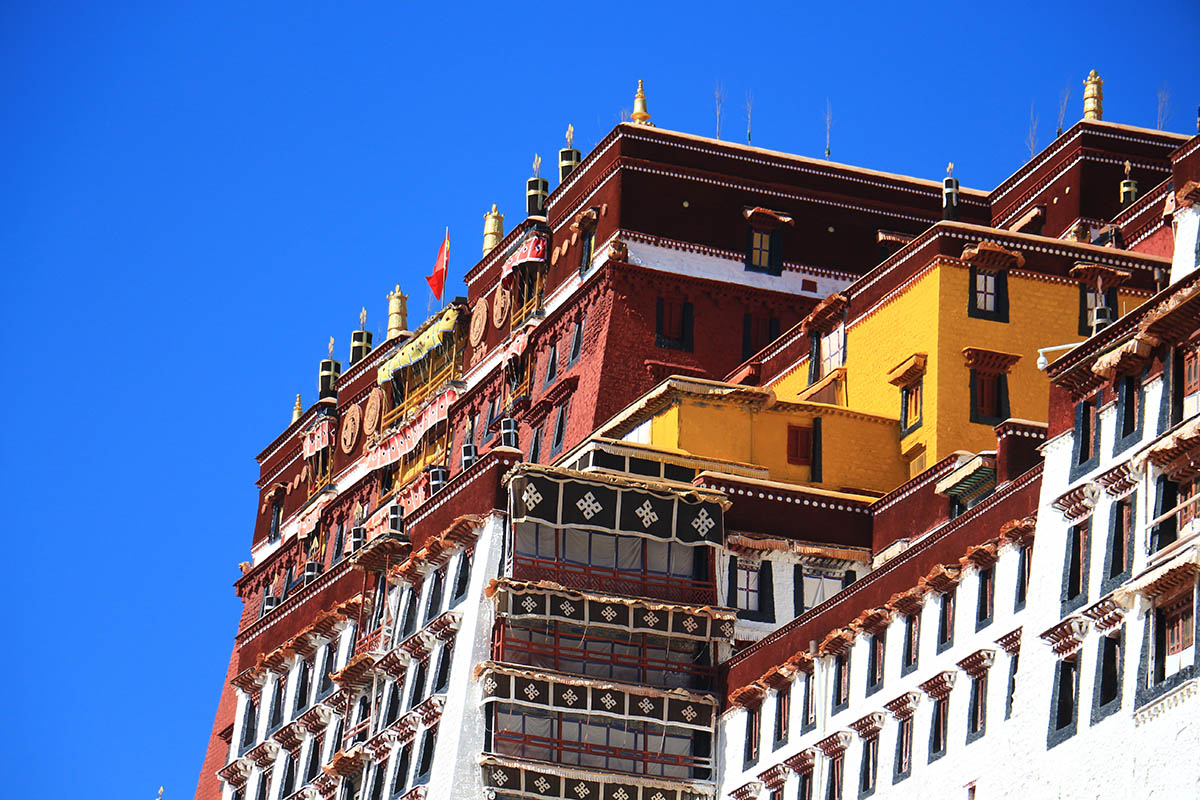
The White Palace
The White Palace was home to ten successive Dalai Lamas and their courts. Also located there are the offices of the Tibetan government, governmental assembly halls, and other official offices.
The original White Palace was built as a present from King Songtsan Gampo to his bride-to-be in 637, but destroyed during the ninth century. The fifth Dalai Lama built the current one on its site, and therefore, this structure pays homage to him in greater measure than previous Dalai Lamas or those that would follow.
After Norbulingka was built in 1755, it became the summer residence of the Dalai Lama, and the White Palace became known as the winter estate of this saint of Buddhism.
Inside the Potala Palace
Housed within this amazing stone and wood structure are articles and artifacts from Tibetan history, religion, and culture. Statues of Buddha, murals, and antiques that are centuries old, and incredible works of art grace every area of this mountaintop palace.
The elaborate works of art and murals tell many stories of the Dalai Lamas and the history of the Tibetan people, and depict different customs and traditions held dear in this beautiful part of the world.
One area of particular importance is the wall frescoes that depict the life and works of the fifth Dalai Lama. Other precious works of art include ornate statues, sculptures, and Tibetan paintings.
Of all the ornate decorations located within these sacred walls, visitors should take time to visit the topmost hall. Called Sasong Langjie, this hall was built in 1679 and contains a portrait of the Qing Emperor Qianlong.
An inscription on this portrait “A long, long life to the present emperor” is written in the languages of Han, Manchu, Mongol, and Tibetan. It is here that Dalai Lamas have come to pay homage every Tibetan New Year’s Day for centuries as they pray for guidance and direction for the Tibetan people.
The Golden Roof Group
The golden roof group is a unique view of the Potala Palace. It’s on the top of the Red Palace, composed of seven roofs made of gilded bronze. They are the tops of the holy stupas of the Dalai Lamas.
Every golden roof is decorated with one to five flower-and-bell-shaped spires, which serve as lightning conductors. If you step out on the palace roof, you can see the blue sky and white cloud above your head and overlook the city.
● Do’s and Don’ts While Visiting Potala Palace
While stepping foot in Lhasa, Tibet and having to explore the beauty of the Potala Palace, one must take care of the following points to make sure the return trip is comfortable as well as pleasurable.
1. Make sure that you have confirmed tickets before hand because less than 3000 visitors are allowed to come and go during the span of 7 visiting hours every day.
2. The tourists must try to wear comfortable foot wear, preferably sport shoes, since the palace is huge and needs to be covered on foot. It also has many steps to be passed to explore hidden visual treasures and gems.
3. It must be kept in mind that you are dressed appropriately and well in accordance to the Buddhist.
4. It is important to note that one cannot enter the palace with eatables and water in fact. The essentials are for sale inside the palace if needed.
5. Taking photographs inside the palace is absolutely forbidden while one can take pictures from the adjacent attractions around the palace.
6. One should also come well fed since the palace is as huge as 3700 meters and needs to be covered on foot only; therefore, it takes energy and good amount of time to enjoy it properly.
Potala Palace is the must visit Palace in all Tibet tours . It gives the spiritual peace from deep inside and let your soul feel fresh and energetic. The brilliant architecture with Buddhist enchant let you rejuvenating and attach your soul to this majestic Palace. So visit this remarkable palace which truly a symbol of Tibet.
- HOTEST
- RECOMMEND
